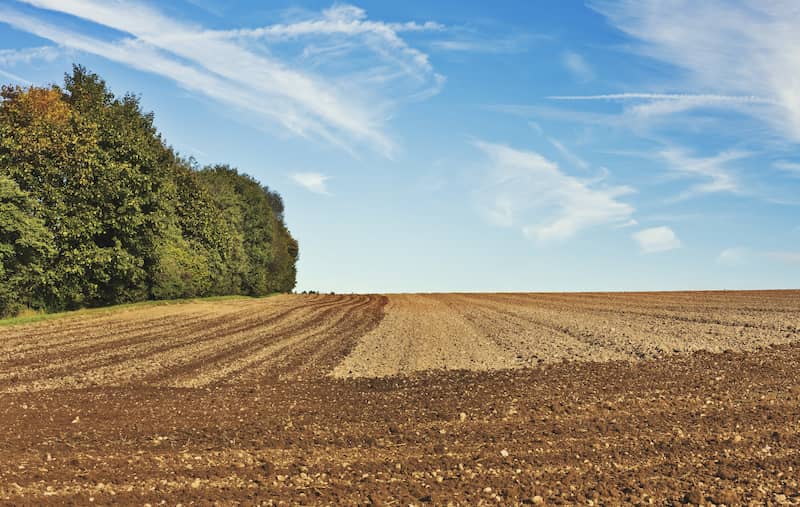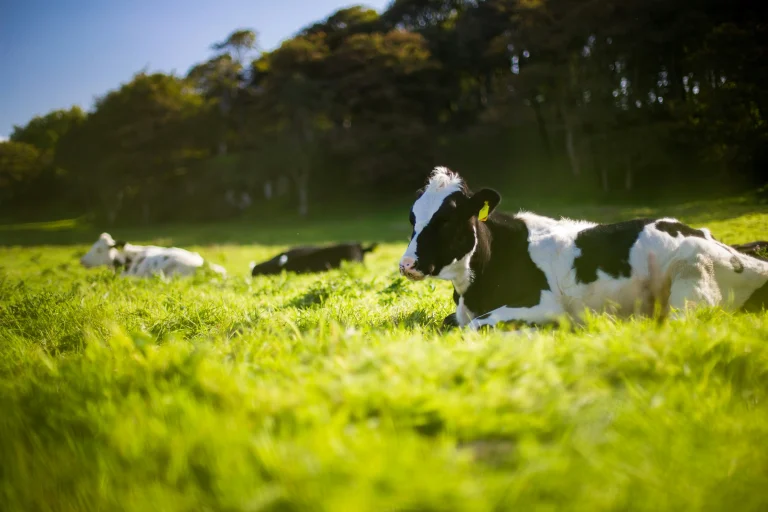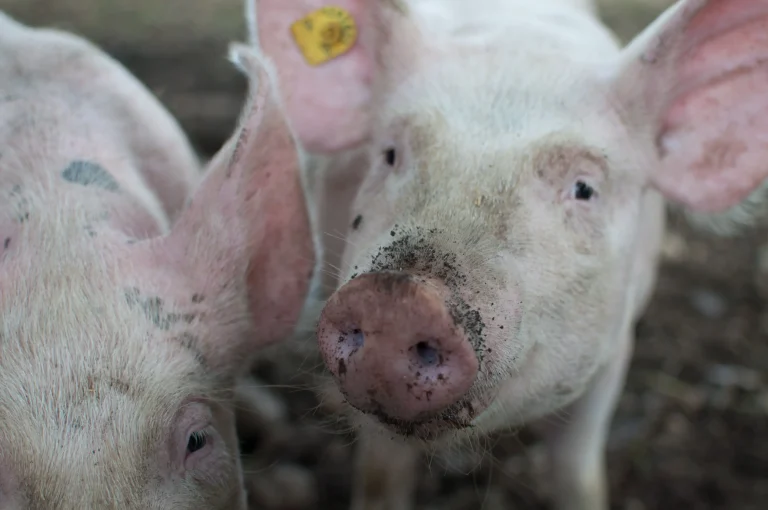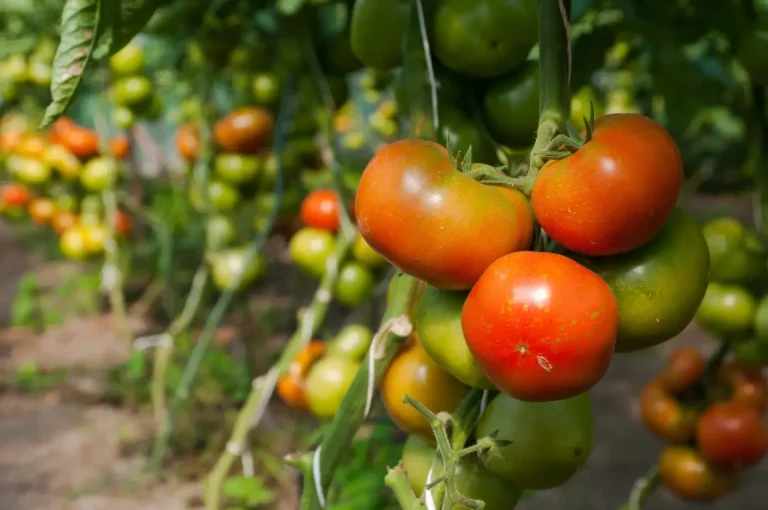A laser technology combined with machine learning could help accurately measure soil carbon stocks, by rapidly predicting a soil sample’s bulk density.
Laser-induced breakdown spectroscopy, or LIBS, involves focusing a high-intensity laser pulse on a sample surface to create a microplasma, via which soil attributes can be discerned from vapours.
In a study in Brazil, scientists analysed 880 diverse soil samples, using 70% of them to train machine learning models and 30% to then test their predictive power. They found that while their model’s predictions fit real data adequately when looking at soil bulk and carbon intensity, combining their bulk density predictions with measuring soil carbon concentration, the model’s fit was considerably improved.
From their findings, they say that the approach, whether with additional carbon concentration measurements or not, provides an “efficient and cost-effective” estimation of soil bulk and carbon.
A high-tech approach to an old measurement problem
Existing methods for measuring soil bulk are often labour-intensive, expensive and time consuming, they explained in the European Journal of Soil Science. This is particularly true when measuring a variety of soil depths under different conditions. As well as the practical limitations, soil bulk density characteristics are known for being “typically challenging to measure,” they said.
There are other technological alternatives, such as gamma-ray attenuation, which measures how gamma rays are absorbed while passing through soil, and pedotransfer functions, which are models used to estimate soil properties from samples. However, the researchers noted that the former is expensive and requires specialised equipment, while the latter can lack accuracy.
Other approaches, such as infrared spectroscopy, have the advantage of requiring fewer steps to prepare samples, as LIBS requires its samples to be pelleted. The scientists addressed this, suggesting that sample preparation can be done alongside its measurements, while also noting that while LIBS detects emissions from elements in the soil, while with infrared spectroscopy, elements are inferred from what are known as molecular absorption bands, leading to lower accuracy.
Unlocking Soil Carbon Markets
The limitations of current monitoring approaches are often cited as a barrier to use of soil cardon credit markets, and the team, from the Brazilian Agricultural Research Corporation, suggested that their approach could help facilitate such markets.
“These findings underscore the advantages of this approach—in terms of speed, minimal sample preparation, and the capacity to analyse disturbed samples—making it particularly well-suited for large-scale field applications in precision agriculture and environmental monitoring,” they added.
Key takeaways
- LIBS and AI can quickly and cheaply estimate soil bulk density and carbon stocks.
- Combining bulk density predictions with carbon concentration data boosts accuracy.
- LIBS is faster and less costly than many existing measurement methods.
- Approach suits large-scale precision agriculture and environmental monitoring.
- Could help overcome barriers in soil carbon credit market verification.
Want to read more stories like this? Sign up to our newsletter for bi-weekly updates on sustainable farming and agtech innovation.










